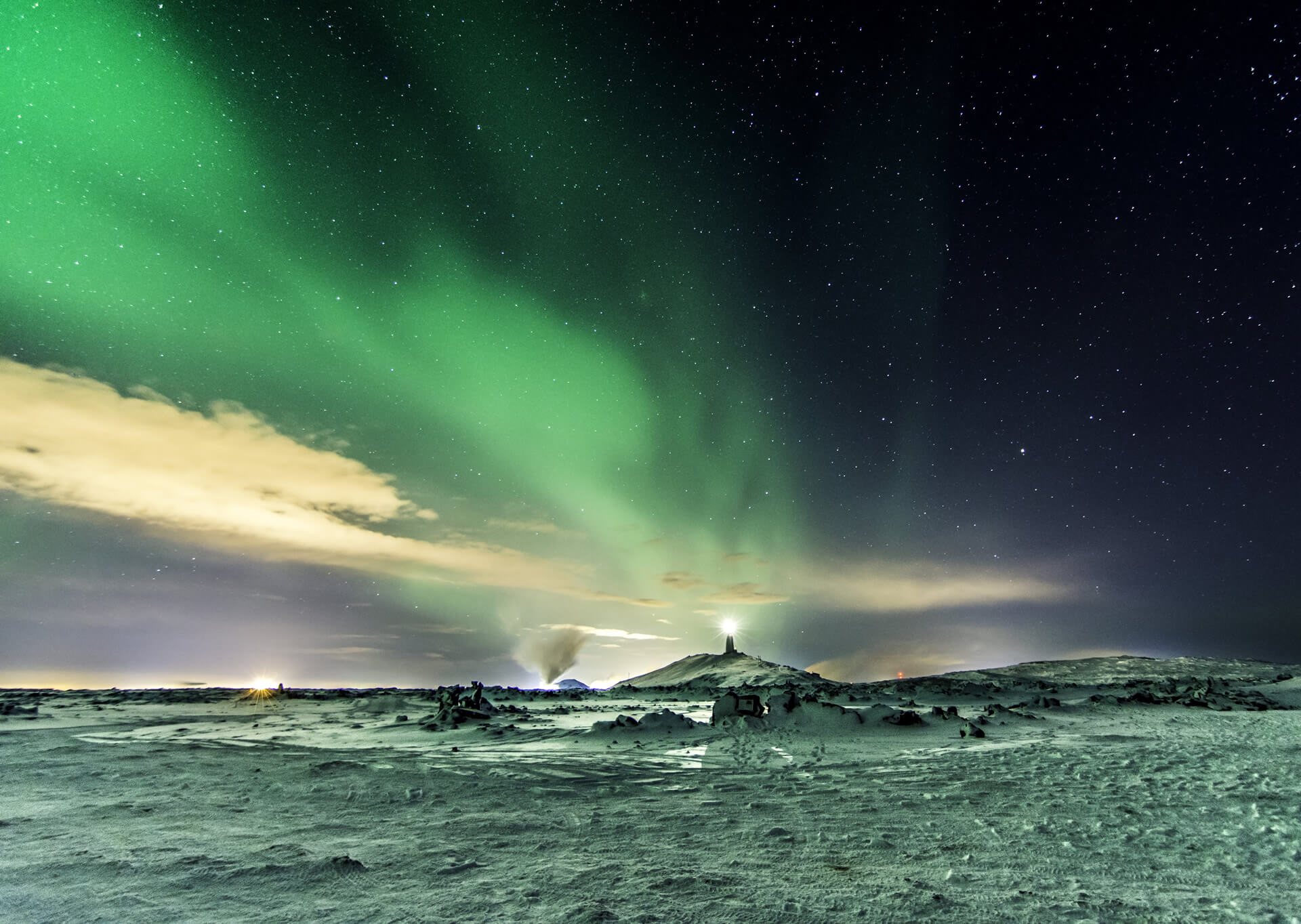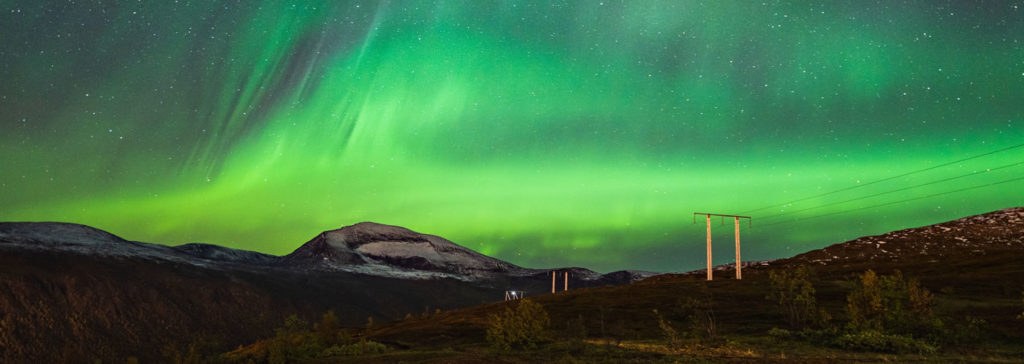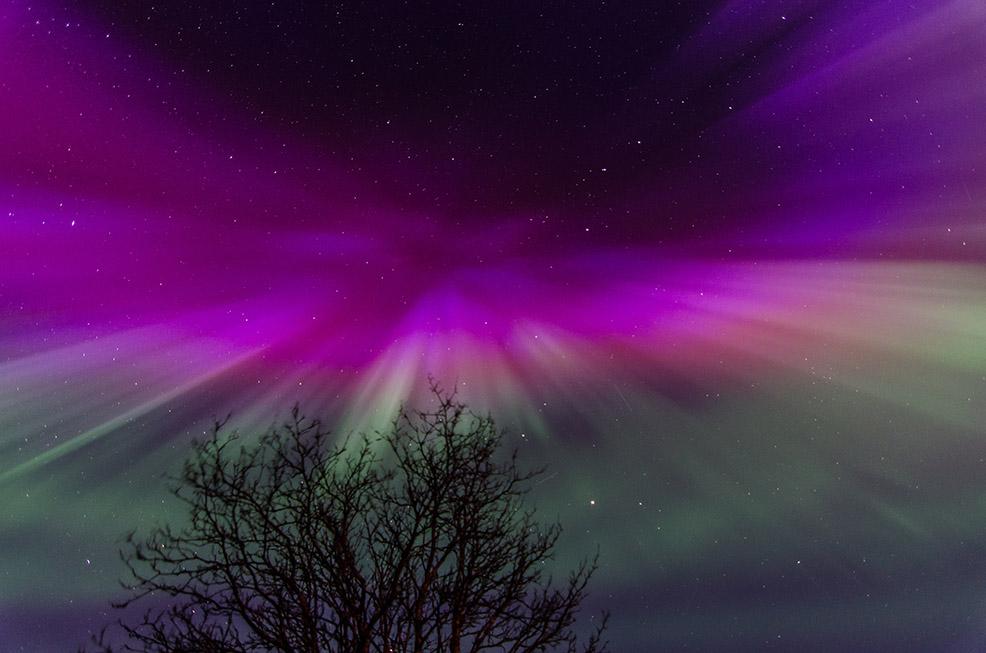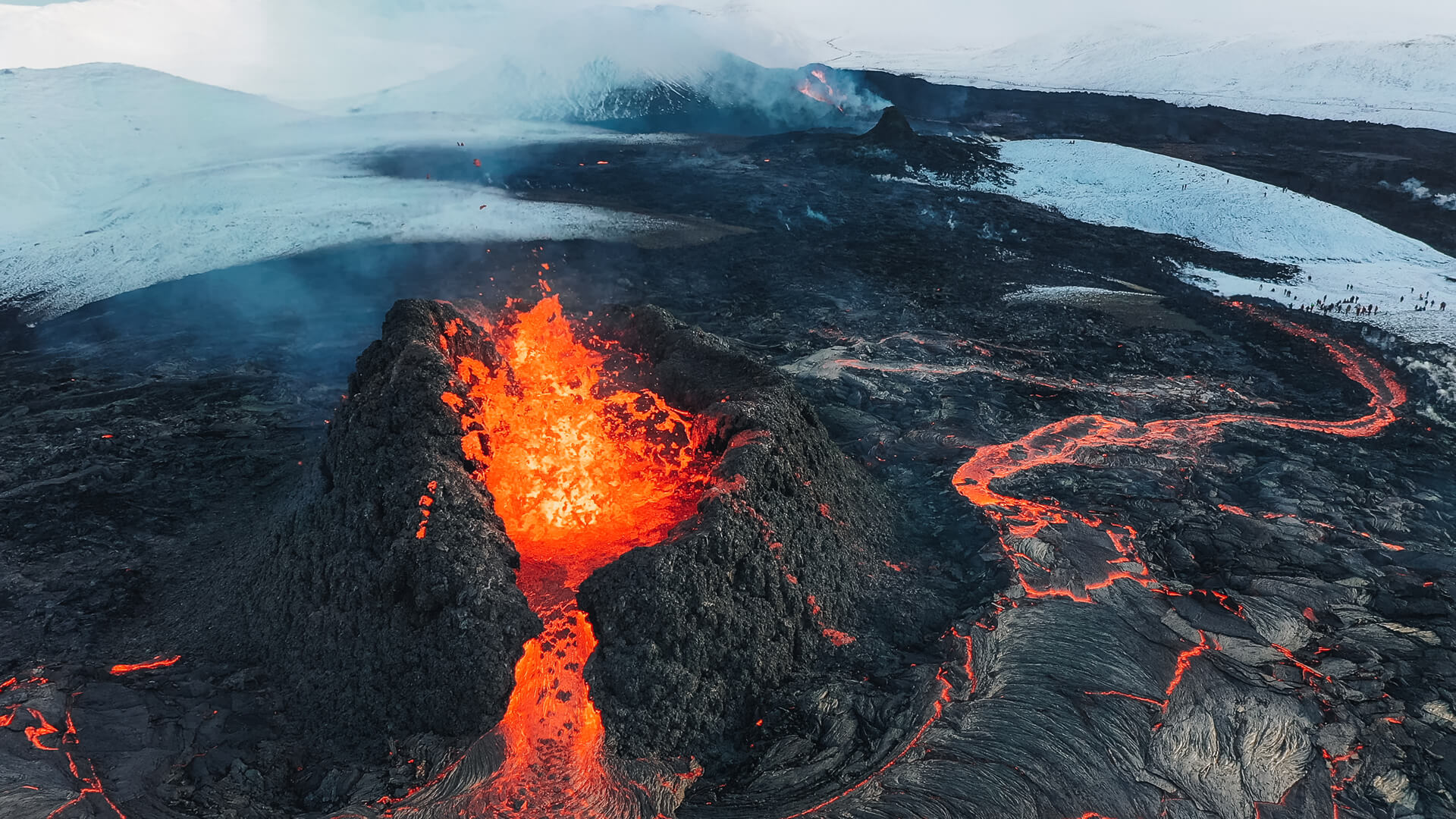
Unravelling the Mysteries of the Northern Lights
T
he Northern Lights, also known as the Aurora Borealis, stand as one of nature’s most awe-inspiring displays, captivating both scientists and onlookers alike. This phenomenon, which primarily occurs in polar regions, is a result of intricate interactions between solar activity, Earth’s magnetosphere, and atmospheric chemistry. Let’s examine each component, delving into the nuanced processes that contribute to the creation of the Northern Lights.
The Aurora Borealis has fascinated humanity for centuries, but only in recent decades have scientists begun to unravel its secrets.
At the heart of this celestial spectacle is the Sun, whose varying levels of activity drive the creation of the Northern Lights. Solar flares and sunspots release charged particles into space forming the solar wind, a stream of high-energy particles that travels toward Earth at incredible speeds
Earth’s magnetic field, extending into space as the magnetosphere, plays a pivotal role in shielding our planet from the solar wind. However, at the polar regions, near the magnetic poles, the magnetosphere weakens, allowing charged particles from the solar wind to penetrate the Earth’s atmosphere. This is the crucial point at which the journey of the Northern Lights begins.
An article published in Nature Communications in 2021 (Schroeder et al.) proved the existence of a direct causal relationship between the electromagnetic phenomena that originate the Auroras and the action of Alfvén waves, low frequency travelling oscillations of ions and magnetic fields in plasma.
As solar wind particles enter Earth’s atmosphere, they collide with gas molecules, predominantly oxygen and nitrogen. These collisions transfer energy to the atmospheric constituents, causing them to become excited or ionized. When these particles return to their normal state, they release photons of light, creating the stunning colours associated with the Northern Lights.

Colours and Patterns
The vibrant hues of the Aurora Borealis result from the specific gases involved in the process.
- Red is one of the least frequent colours and tends to be associated with intense solar activity. Red colours appear in the aurora when solar particles react with oxygen at higher altitudes, generally above 150 miles (approximately 242.5 km). At this altitude, the oxygen is less concentrated and is “excited” at a higher frequency or wavelength than the denser oxygen further down, making the red hues visible. Orange and pink are even more unusual and are, once again, the result of high solar activity; these hues originate from a mixture of red (see above) and green or blue.
- Solar particles typically impact our atmosphere at an altitude ranging from approximately 60 to 150 miles (approximately 96 to 242.5), where oxygen concentrations are elevated. When oxygen molecules become excited at these heights, the aurora manifests in various shades of green. This dominant green colour is further emphasized by the human eye’s heightened sensitivity to the green colour spectrum, making it the prevailing and most frequently observed hue in the aurora.
- Less commonly observed but still present in the aurora are the colours blue and violet, which typically appear when solar activity is heightened. In such instances, these hues result from particle collisions with our atmosphere at altitudes of 60 miles or less. At these lower altitudes, the interaction with nitrogen is responsible for the aurora displaying shades of purple or blue, with these colours predominantly visible in the lower sections of the auroral display.

Throughout time, astronomers have coined numerous names to delineate the evolving configurations of the aurora. In the course of these displays, several of these shapes are frequently intertwined, crafting a genuinely awe-inspiring spectacle. The configuration of a display can undergo significant variations based on your observation point.
- Curtains: Curtains represent a prevalent type of ray band characterized by a suspended, undulating appearance when observed from a distance. In historical narratives, they are sometimes alternatively termed curtains or draperies.
- Arcs: an arc is described as a straightforward luminous curve with a smoothly defined lower edge. Auroral occurrences frequently commence in the form of an arc. These arcs can span horizontally across thousands of kilometres and vertically over hundreds of kilometres, yet they are only a few dozen kilometres thick.
- Bands: similar to arcs, but with an irregular, wavy border; a band can have a curved and twisted appearance.
- Rays: Rays in the context of the aurora refer to waves of light descending from above or are occasionally depicted as columns of light extending upwards. Similar ray-like structures can also manifest in various auroral forms, such as streaks within an arc or band. During heightened auroral activity, these rays may exhibit movement or pulsation within the band.
- Coronae: Coronae consist of multiple rays converging at the zenith directly above the observer, resembling a expansive formation reminiscent of a shooting star in the sky. Widely considered the most striking manifestation of the aurora, the corona occurs during periods of intense activity across the entire sky.
- Patches: Patches in the aurora are characterized by a diffuse, less concentrated glow that manifests in irregular blobs and exhibits pulsations in brightness. The pulsating aurora is comparatively weaker and less common than the arc forms of the aurora, with a distinct mechanism of formation. In this case, electrons are scattered into the atmosphere by a plasma wave known as the “whistler.”

When is the best time to see Northern Lights?
The auroras are potentially visible from late August to mid-April when the sky is dark, ideally under clear and cloudless conditions. While they persist throughout the year, their visibility diminishes from May to July and most of August due to their faintness compared to sunlight.
Spring and autumn typically provide more stable weather and milder temperatures, with heightened auroral activity around the equinox: the Earth’s axial tilt causes the orientation of our magnetic field to vary with the solar wind’s magnetic field as the Earth orbits the sun. During equinoxes, when the alignment is optimal, “magnetic cracks” open up, enabling solar particles to infiltrate and initiate an auroral cycle. This, in turn, enhances the chances of witnessing northern lights.
From November to February, when the nights are longest and the sky is darkest, optimal viewing conditions prevail.
The most vibrant auroras usually grace the sky between 9 pm and 2 am, with prime sightings often occurring around 11 pm to midnight. Between 4 am and 5 am, there is generally too much daylight to observe auroras, except during the darkest months or at higher latitudes like Svalbard, where darkness prevails from mid-November to the end of January.
Where to see the Northern Lights?
The Northern Lights are most observed in the geographical region beneath the auroral oval, spanning latitudes between 60 and 75 degrees. This area includes Iceland, northern parts of Sweden, Finland, Norway, Russia, Canada, Alaska, and southern Greenland, although occurrences can also extend to lower latitudes.
During particularly intense solar storms, the lights may be visible in Scotland and northern England. Nonetheless, the majority of auroral activity is concentrated within the oval, as indicated by its name.
Auroral activity is dynamic, and the auroral oval, appearing as a ring around the poles, undergoes constant shifts. Thus, robust auroras in one location, such as Sweden, do not necessarily correspond to similar conditions in Canada, and vice versa. Space weather stations track the oval and provide forecasts.
To best experience the Northern Lights it’s crucial to avoid artificial light sources like streetlights and seek open areas that afford an unobstructed view of the night sky.
The dance of the Northern Lights is a reminder of the harmonious interplay between our planet and the cosmos and leaves an indelible impression on those lucky enough to witness this celestial ballet. Even as new technologies shed light on the mysteries of the Aurora Borealis, its timeless allure remains, inspiring both scientific inquiry and the collective wonder of those who gaze upon its luminous beauty.
Jessica Giuffrida
I’m Jessica Giuffrida, an avid reader and knowledge enthusiast who is always seeking new insights and perspectives. Welcome to my blog!




